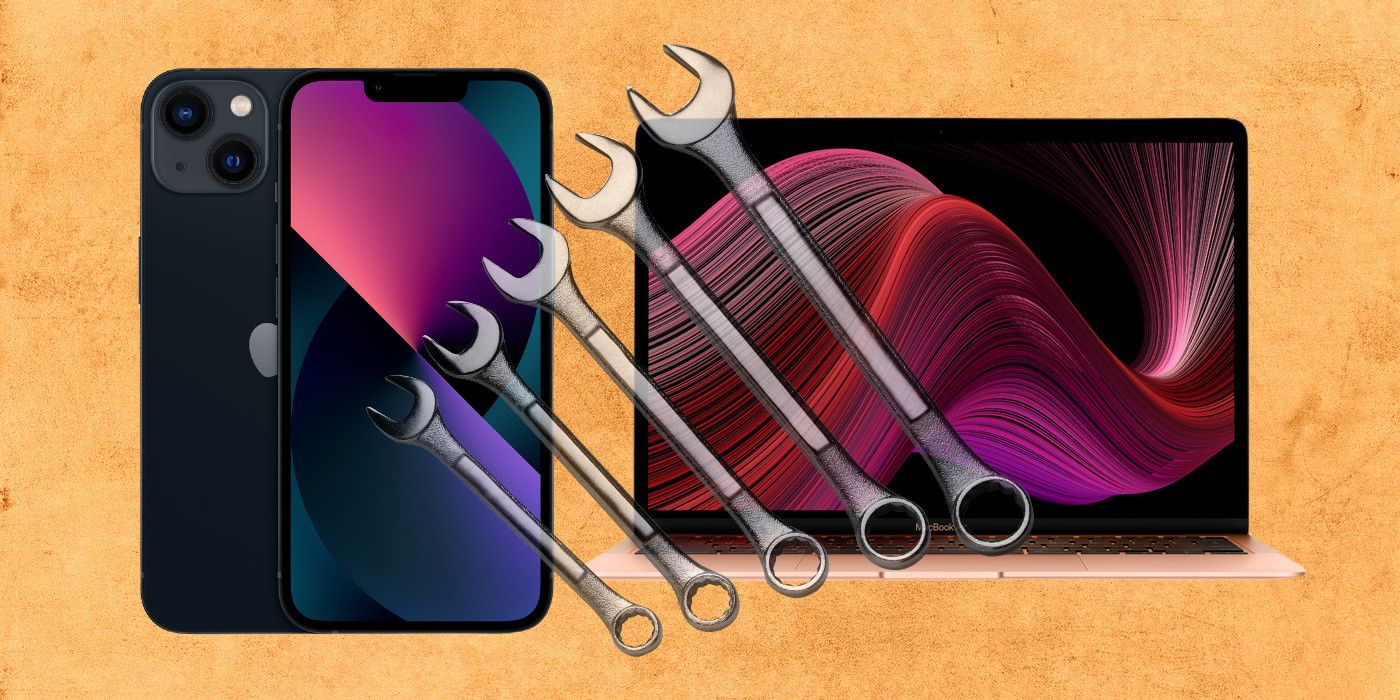Apple‘s self-service repair program has now officially launched in the U.S., but right-to-repair advocacy groups say that it isn’t as big a win for the right-to-repair movement as the company is making it out to be. Apple announced its self-service repair program last November, promising users that they would soon be able to fix their iPhones and Macs on their own using genuine parts from Apple’s online store. The dramatic change in stance came following intense pressure from right-to-repair activists who criticized Apple for its dubious stance on third-party repairs.
One of the biggest proponents of right-to-repair is Apple’s co-founder Steve Wozniak who has spoken out against the company’s anti-repair stance, saying that the company needs to do the right thing and let people repair their own computers like in the old days. Wozniak, who shared his thoughts on the right to repair in a Cameo video last year, claimed that Apple wouldn’t even exist had it not been for open and accessible technology that allowed people to easily repair their gadgets back in the day.
In a blog post on Wednesday, the popular DIY repair website iFixit described Apple’s new self-service repair program as a “great step” forward but said that it still falls short of the ideal standard. According to the post, the program is “not the unqualified win for repair enthusiasts that Apple’s marketers would have you believe.” As noted by the blog, Apple’s new program requires users to pair new replacement parts with an existing device. This two-step process requires users to enter the device’s serial number or IMEI while buying a component on Apple’s online store and then pairing the part with the same device after the installation.
One Step Forward But Is It Enough?

Describing this serial number requirement as “a dire omen,” the blog said that this could enable Apple to block more repairs for the same device in the future. However, it’s not all doom and gloom, as the new policy has brought about many positive changes for consumers. For example, tools that were earlier only available with certified Apple technicians could now be accessed by regular users as part of the self-service repair program. What’s more, Apple has also made its step-by-step repair manuals available to everyone for free.
Following Apple’s announcement of its self-service repair program, Samsung announced a similar initiative in association with iFixit earlier this year. According to the two companies, the program will not only result in customers getting easier access to genuine parts, but it will also help them access step-by-step repair guides and the tools needed to carry out those repairs. Samsung’s decision was followed by Google, which announced a self-repair program for its Pixel smartphones earlier this month. This program will go into effect later this year and will cover many Pixel models, ranging from the Pixel 2 through to the Pixel 6 and 6 Pro, as well as future Pixel phones.





